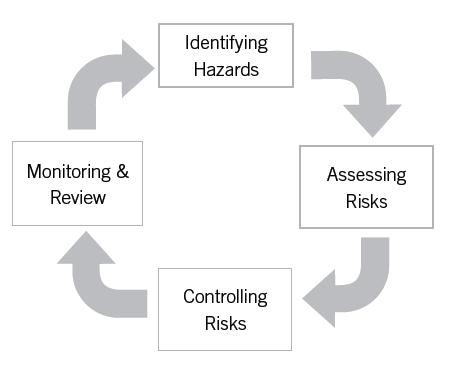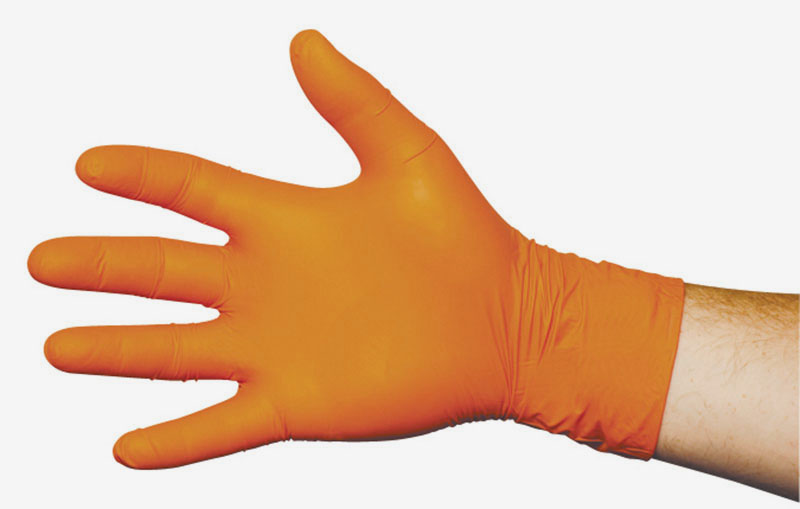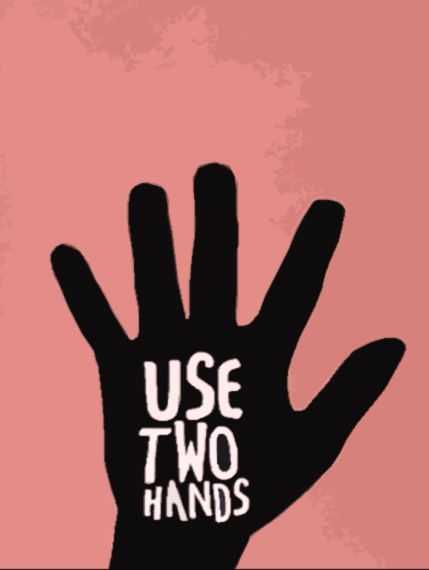Risk Management
In truth, risk management is based on knowledge and theory, some guess-work, and predominantlyly on a process of learning from our experiences. Managing risk is educated guesswork, with the emphasis on the education. A 'Learning Culture' in the workplace means we will continue to move onto bigger and better things. The diagram on the right summariese the Risk Management Cycle.

The First step - Identify the Hazards can be done in a number of ways. These include through Incident and Hazard Reporting Mechanisms, through Incident Investigation, through Discomfort Surveys, or through a Participative Ergonomics approach. Click on the thumbnails below to view examples of some of these tools. Alternately, Safe Hands can help your business to development these processes and implement tools designed for your circumstances.
The Second step - Assess the Risks is where we employ knowledge, theory and educated guesswork. We establish the level of risk by identifying the problem task and applying a risk matrix. Click on the thumbnails below to view examples of some of these tools. The estimated level of risk gives us some idea about how much time, money and effort needs to be applied to finding a solution.
The Third step - Implement Controls is where we look to cast our net as widely as possible to find answers. This is a good time to consult with workers, seek advice from safety professionals such as Safe Hands, look to industry and Government bodies who offer recommendations, learn from the experiences of others in your industry, but also to think outside the box to find new and innovative ways of dealing with risk. The controls chosen need to be both effective and cost effective, and often several complementary controls can found.
The Fourth step - Monitor and Review is perhaps the most important. We need to acknowledge that we will never be entirely free of risk, and that the management of it is an on-going process. Also, if we are to foster a 'Learning Culture' in the workplace we need to look back at the action we have taken and decide Two things: How effective was it? and What else could be done to further manage risk?





